Submerged Churches & Gothic Palaces: 10 Lesser-Known Historic Sites in India That Are a Must-Visit
From a monument built out of love to a fort that's has been compared to the Great Wall of China, make sure to include one of these places in your next trip.
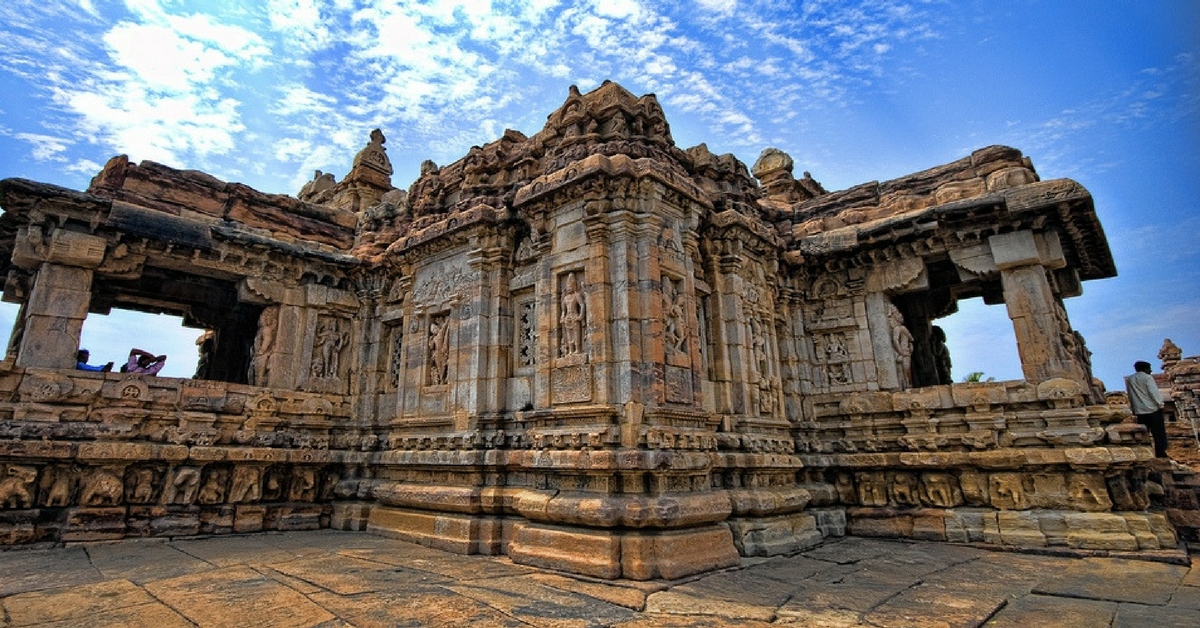
Historic places have a strange lure to those living in the present. They are like time capsules that give us a glimpse of a lost era and reverberate with the stories of people who lived long before us.
And on April 18, a day when the World Heritage Day is celebrated across all regions, we take a look at some of these lost worlds. Here are 10 historic sites in India you may not know about.
1. Jahaz Mahal, Mandu
In the Mandav area of the Dhar district in Madhya Pradesh lies a ruined city called Mandu. A city that thrived back in the 11th century, it was part of the Taranga kingdom. A walk down this forgotten city will have you coming face to face with some of the most breathtaking monuments and palaces you could possibly find in India. Among them, lies the Jahaz Mahal. It was built by then Mandu Sultan Ghiyas-ud-din Khilji in the 15th century. Legend has it that the Sultan had such a large harem (15,000 women) that he had to build a palace to simply accommodate them.
A two-storey rectangular structure with thick walls, its Gothic arch will enthrall visitors.
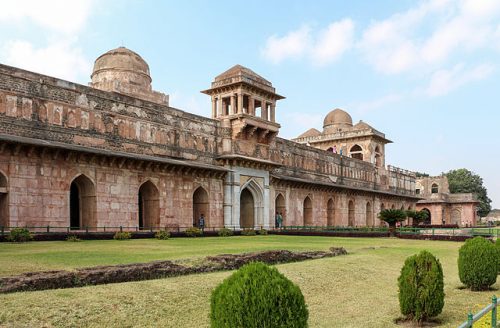
Photo source: Wikimedia
How to get there: If you are taking a train, then the nearest railway station is Indore city, which is 95km from the site. Transport can easily be arranged from Indore to Mandu.
2. Rosary Church, Shettihalli
The perfect blend of history and spirituality, the Rosary Church in Karnataka is a spectacular sight to behold on normal days. But the structure, which was built by French missionaries in the 1860s, offers something rather special during the monsoons. When it rains, between July and October, the Church gets partially submerged in the water as it stands on the backwaters of the Hemavathy Reservoir.
Of course, going during the non-monsoon season also has its own charm as visitors will be able to walk right to the church.

Photo source: Wikimedia
How to get there: The church is about 200km from Bengaluru city and while it is popular for people to drive up to the area, many opt to take buses, which drop visitors right to the site.
3. Kumbhalgarh Fort
Think there is only Great Wall and it exists in China? There is another impressive structure right here in India — our very own Great Wall of India and it’s in Rajasthan. The Kumbhalgarh Fort, a Mewar fortress, is located 84km from Udaipur and was built in the 15th century. The structure, which extends to 36km, is the second-longest wall in the world (no prizes for guessing which one happens to be the first). Running across the Aravali range, you will have to trek quite a bit to reach fort.
If you ever happen to be heading to that region, make sure you wait till the evening. Every day, only for a few minutes, the entire structure is lit up and it is a sight worth seeing.
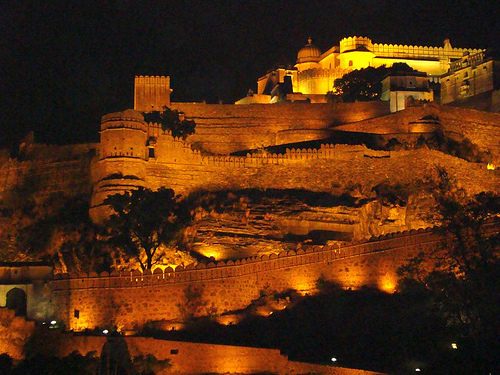
Photo source: Wikimedia
How to get there: There are many buses that take tourists from Udaipur to the fort. However, make sure you wear sensible shoes and carry water along as the fort is situated 1,914 meters above sea level, which means you will have to climb quite a bit.
4. Royal Palace of Kareng Ghar, Assam
From 1228 to 1826, the Tai Ahom dynasty ruled the Ahom Kingdom (where modern-day Assam stands) for over 600 years. Kareng Ghar used to be the capital of that once-great kingdom and the royal palace sat as the testament of just that. The palace is an ingenious piece of architecture.
Mostly built from wood, the four-storeyed structure boasted servants’ quarters, watch towers and was even rumoured to have secret escape tunnels in case of an attack.
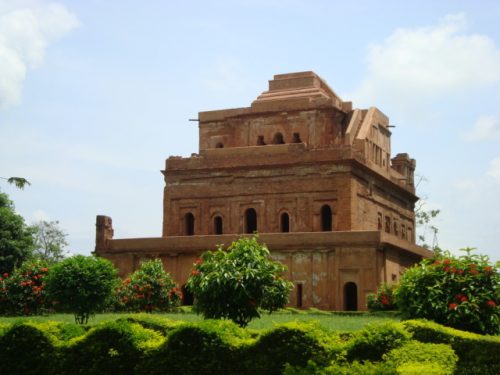
Photo source: Wikimedia
How to get there: It is only about 15km away from the city of Sivasagar in Upper Assam.
5. Pattadakal, Bagalkot
Even though Pattadakal is a UNESCO inscribed World Heritage site, it is still a relatively lesser-known heritage site and doesn’t see many visitors. However, those who do, make the effort to see the Hindu (Shaivism) and Jain temples built in 7th and 8th century in Karnataka.
The small village, which is situated on the banks of the Malaprabha river, sports 10 important temples that highlight the unique Western Chalukyan architecture.
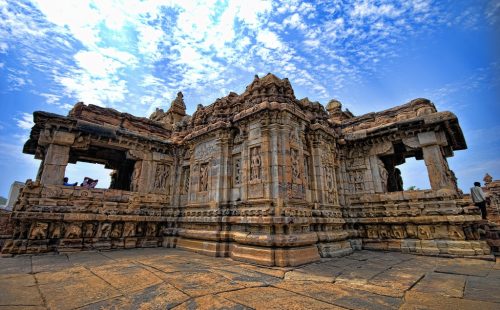
Photo source: Wikimedia
How to get there: The nearest railway station is the Badami, which is 22km from the village.
6. Ananthapura Lake Temple, Kerala
Like historic sites in India, the Ananthapura Lake Temple is a place where history and Hindu mysticism meets. Legend has it that the temple in Kasaragod has been guarded by a divine crocodile called Babia. To this day, locals believe that every time one crocodile guarding the temple passes away, another quietly comes and takes it place.
Surrounded by paintings, the temple, which happens to be the only lake temple in Kerala, even boasts a cave.
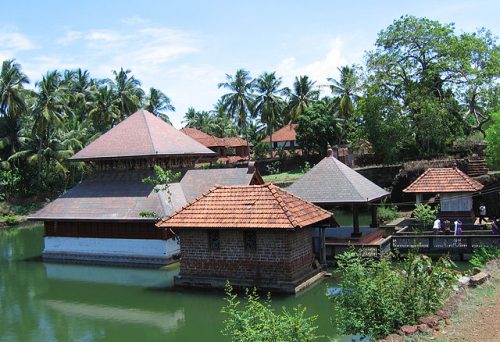
Image source: Wikimedia
How to get there: It is 6km away from Kumble and fairly well-connected.
7. Gol Gumbaz, Bijapur
Located in Karnataka, in the small town of Bijapur, Gol Gumbaz is often referred to as the ‘Taj Mahal’ of South India. It was built by the Adil Shaihi Dynasty and is a tomb for king Mohammed Adil Shah. Walking around the structure, you will immediately notice the intricate and incredibly beautiful carvings all across the tomb. In order to support the tomb, the architect, Yaqut of Dabul, built eight arches that intersect one another. Make sure not to miss out on the whispering gallery when you visit.
Even the quietest sounds made in one corner of the gallery can astonishingly be heard at the very end of the other side.

Photo source: Wikimedia
How to get there: It is a seven- to eight-hour drive from Pune and is well connected through local road transportation.
8. Rani Ki Vav
Another little-known UNESCO World Heritage Sites, this is a unique stepwell that was built in Gujarat in the 11th century. Sporting an inverted temple, it is said that the Queen Udayamati dedicated this incredible structure to the memory of her husband, King Bhimdev of the Solanki dynasty.
You may also like: How an Archaeologist from Kolkata Aims to Save the City’s Monuments through Heritage Walks
The structure, which is seven storeys tall, has 800 sculptures built across the monument.

Image source: Flickr
How to get there: There are many intercity buses that ply between Amdavad and Patan and it takes about three and half hours to reach that way. Or take a train to Mehsana and then take a bus to Patan from there. It will take about one and a half hours.
9. Rock Shelters of Bhimbetka
When it comes to rock art in India, you cannot find a place more rich with it than the rock shelters in Bhimbetka. It is without a doubt, one of the oldest art galleries in the world and dates back to prehistoric settlements. Some of the paintings you will find here will be at least 15,000 years old!
Thanks to the Bhimbetka Caves in Madhya Pradesh, archeologists have been able to study human history dating back to at least 3,00,000 years!

Image source: Wikimedia
10. Chhatrapati Shivaji Terminus
This might seem like a rather strange entry to the list as lakhs of people pass through the Chhatrapati Shivaji Terminus in Mumbai every day. However, how many even know its rich history or have taken the time to gaze its incredible structure. The terminus has been declared a UNESCO World Heritage Site. Built in the 19th century, the structure is the epitome of High Victorian Gothic design but it also pays homage to the Indian architecture of its time with its beautiful stone dome and its palatial structure. Next time you are rushing to catch a train, slow down and pay attention to its pointed arches.
You may also like: #TravelTales: Move over Prague! India’s First Heritage Village of Pragpur Will Wow One & All
This is one heritage site that’s been hiding in plain sight for decades.
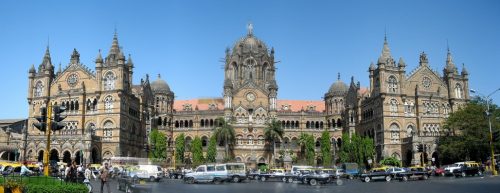
Image source: Wikimedia
How to get there: It’s bang in the middle of Mumbai and we are pretty sure nearly every major train and bus docks there.
Like this story? Or have something to share? Write to us: [email protected], or connect with us on Facebook and Twitter.
NEW: Click here to get positive news on WhatsApp!

Similar Story

Laundromats in India? Couple Built Rs 100 Crore Biz Washing Dirty Linen Across 100 Cities
Faridabad’s Arunabh Sinha and his wife Gunjan Taneja launched UClean in 2017 to set up an organised laundromat service in India. Currently, they are spread across 100+ cities and have 350+ outlets across the country.
Read more >
If you found our stories insightful, informative, or even just enjoyable, we invite you to consider making a voluntary payment to support the work we do at The Better India. Your contribution helps us continue producing quality content that educates, inspires, and drives positive change.
Choose one of the payment options below for your contribution-
By paying for the stories you value, you directly contribute to sustaining our efforts focused on making a difference in the world. Together, let's ensure that impactful stories continue to be told and shared, enriching lives and communities alike.
Thank you for your support. Here are some frequently asked questions you might find helpful to know why you are contributing?


This story made me
-
97
-
121
-
89
-
167












